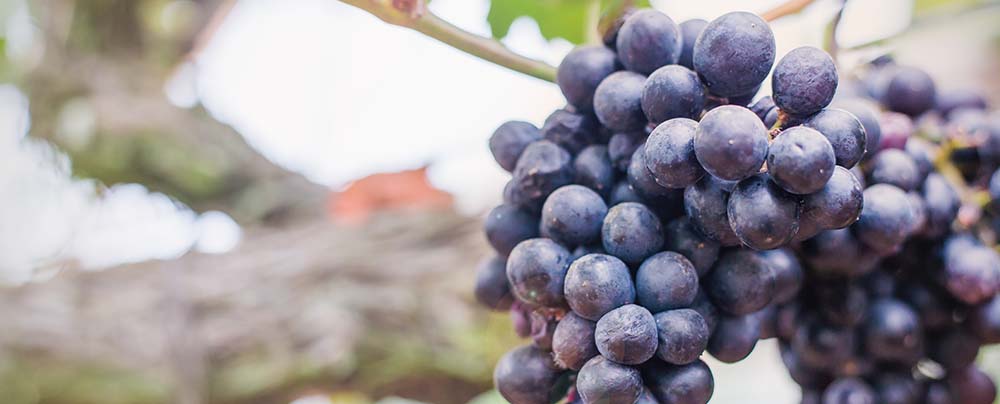It’s been a great debate for years:
Is there an actual difference between Zinfandel and Primitivo?
While one is from Italy (Primitivo) and the other is distinctly Californian (Zinfandel), some say the two grapes are the same, but others disagree.
So... Which is it?
Primitivo and Zinfandel Roots
Here’s what we know: both varietals are clones of the rare indigenous Croatian varietal, Tribidrag also known as Crljenak Kaštelanski (pronounced Tserl-yee-ehnak Kashh-tell-ann-skee). But with a name like that, no wonder it was changed somewhere along the way!
The Tribidrag grape, which has been dated back to the 15th century, unfortunately fell victim to grape phylloxera; a disease that almost wiped out a majority of Europe's wine vines in the 19th century. Now in its initial stages of a comeback, Croatian winegrowers are learning the intricacies of this ancient grape known to produce fruit-forward, spicy wines.
While the grape originated in Croatia, its high yields and love for the warm, temperate climate of the Dalmatia coast, undoubtedly made it a prime grape to grow in nearby Italy. Here is where it got the name "Primitivo" due to the fact that the grapes ripened earlier than other varietals planted.
You may be asking, what does Primitivo wine taste like? Primitivo wines are characterized as rich and concentrated with good structure. Lighter variations tend to lean towards having floral and fruity aromas with notes of pepper and blackberry on the palate -- quite similar to that of the Tribidrag grape.
Is Zinfandel related to Primitivo?
Well, after making a name for itself in Italy, it then journeyed to the United States via the Imperial Nursery in Vienna, Austria and eventually garnered the name "Zinfandel".
The vines were planted on the east coast of the US initially, but made its home in California after the Gold Rush. California Zinfandels are characterized by robust berry fruit flavors with notable hints of anise and pepper...sound familiar?
Even some scientists working with the DNA results of Tribidrag, Primitivo, and Zinfandel have found difficulty coming to a consensus. But while Primitivo and Zinfandel are very similar genetically, they are in fact 'siblings', if you will, deriving from the Croatian Tribidrag varietal.
The wine styles of each can range immensely, and many of them can be extremely similar, which is why ‘Primitivo’ and ‘Zinfandel’ were considered synonyms for years. Many still believe they are just too close in similarity to distinguish. Wineries that produce both will typically fiercely defend the unique characteristics of each varietal.
How does White Zinfandel fit in?
The Zinfandel grapes traditionally produce a high alcohol, late ripening red wine. However, in the mid-1970’s, a vat of Zinfandel that was stuck during fermentation led to Bob Trinchero of Sutter Home Winery, discovering what he calls, the “White Zinfandel”. When the juice doesn’t fully ferment, the sugars aren’t converted to alcohol and sweetness remains. He sold this semi-sweet pink wine with the label, “White Zinfandel.”
In this time in America, there was a high focus on Cabernet Sauvignon and Chardonnay. This accidental creation by Trinchero ended up saving several Zinfandel vineyards.
What makes Primitivo and Zinfandel wine different?
We know this: Primitivo and Zinfandel are formed from virtually the same grape, with their differences attributed to the growing conditions, such as soil and weather, and the overall winemaking process.
In general, California winemakers allow Zinfandel to ripen with higher sugar levels and alcohol content giving the wine a more smooth and sweet style. On the other hand, Primitivo ripens under the hot Italian sun, creating the heartier, less fruity and less sweet version of its California counterpart.
Although basically formed from the same grape, the names Primitivo and Zinfandel are not to be used interchangeably. Despite US labeling laws, Italian winemakers often still use the name Zinfandel on their Italian Primitivo wines that are sold in the US.
Want to try it for yourself? Check out more about each of these varietals and the wines we've featured in our 6 wine clubs to test your palate!

